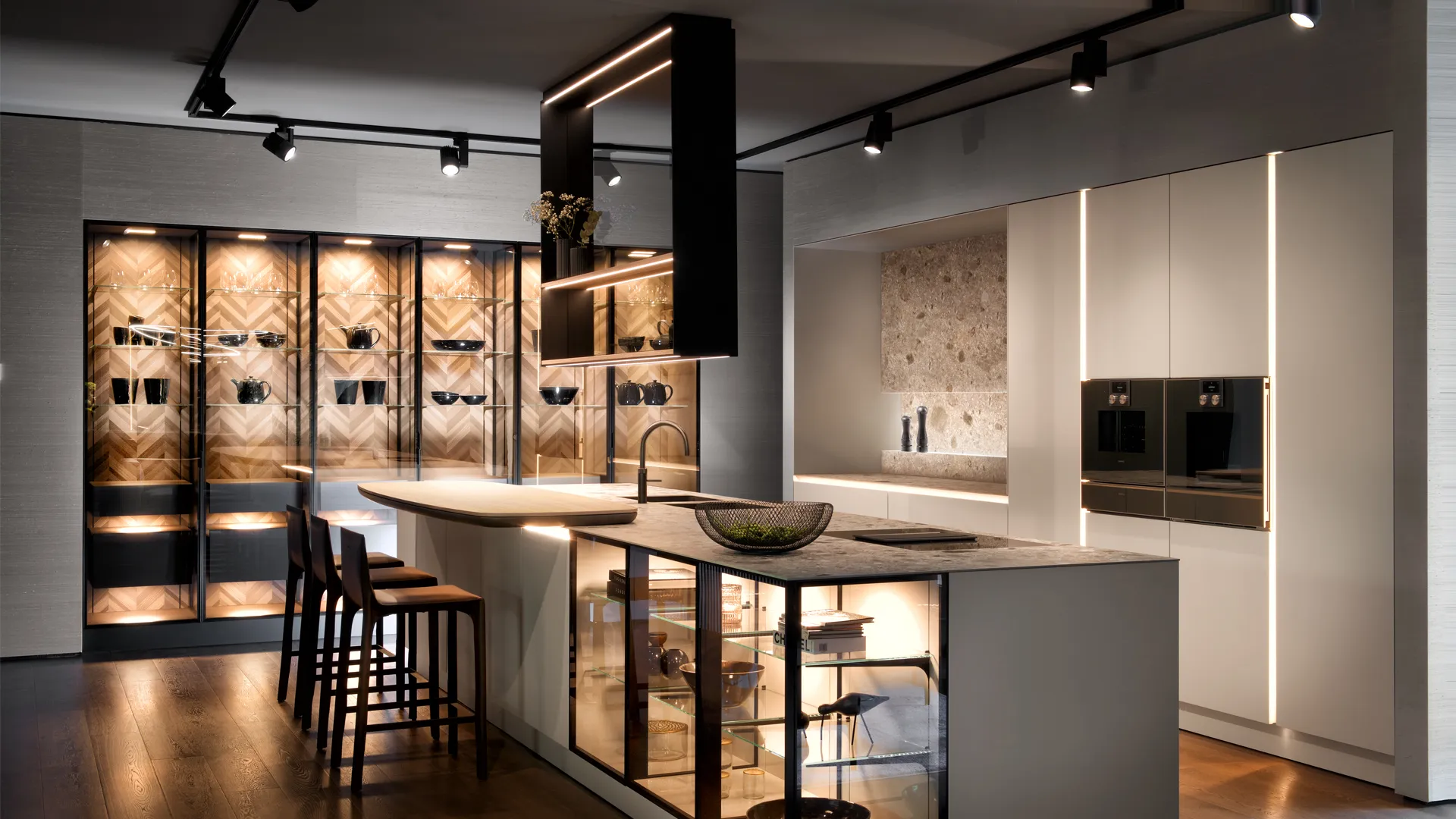How Blockchain is Helping in Building Smart Homes with Improved IoT
This article will explain how blockchain technology can be used to build smart homes that improve the way we interact with our environment. First, it will explain what blockchain is, give an overview of IoT devices and technology, then discuss how these two technologies can work together to make our lives better.
However, when you think of Blockchain, what pops to mind is cryptocurrency. How to buy cryptocurrency, convert cryptocurrency (fiat), and more such concerns pop into the head. However, blockchain’s application extends beyond cryptocurrency markets. It can be used to build smart homes with improved IoT.
Blockchain offers a secure platform for IoT devices as it can handle high volumes of transactions per second (TPS). It also provides transparency and immutability which make it ideal for creating smart contracts. With these benefits combined with its ability to connect different devices across various industries, blockchain provides an efficient way for IoT products to communicate with each other while guaranteeing their security and privacy.
If you are wondering how blockchain is related to IoT and helps in building smart homes, here’s a detailed article.
Blockchain Helps IoT Devices Communicate With Each Other
You’ve probably heard about blockchain and how it helps cryptocurrencies like Bitcoin. But what you may not know is that blockchain can also help IoT devices communicate with each other, as well as the cloud.
Blockchain technology allows IoT devices to share data and communicate with each other without a central authority. This is because every device on a blockchain network has its copy of the ledger and shares it with all other devices on that network. It means there’s no one single point of failure in the system.
One example of this is in smart homes where various IoT-enabled devices need to talk to each other for them to function properly. For instance, your smart door lock might allow access based on whether or not someone else has invited them over for dinner that day. Or perhaps its smart thermostat knows when you’re away from home so it can turn down the heat until you return later that evening.
Blockchain Provides a Secure Platform for IoT Devices
Blockchain provides a secure platform for IoT devices. The blockchain is a distributed ledger, which means that it has no single point of failure, and all participants have access to the same information. This helps to ensure that data cannot be altered without everyone knowing about it. In addition to its immutability, blockchain is also decentralized.
The transparent nature of blockchains also allows them to store metadata about each transaction made on them in public view for anyone who wants access or permission from its owner(s). Because this information is stored on every node across multiple machines around the globe instead of being held by one central location like a server, information stored within a blockchain cannot be easily altered once written into each block.
Blockchain Creates a Distributed Ledger for IoT Devices
The distributed ledger technology uses cryptography to record transactions in a public, verifiable and permanent way. It works as a decentralized database spread across multiple locations, instead of being stored on one central server. In other words, it’s not controlled by one entity or organization. Instead, it is shared among all the parties involved in an exchange.
This means that nobody has complete control over your data when you use blockchain technology to store information about your devices. For example, if you want to share with someone your location history for the past year, this information will be recorded on multiple computers across different networks. So even if one network goes down or gets hacked (or simply stops working), another network still exists somewhere else that can be accessed by everyone involved in the transaction.
Blockchain Helps in the Development of Smart Contracts for IoT Devices
The blockchain is a decentralized system where data is stored in multiple nodes. This makes the blockchain extremely secure. Smart contracts are a part of this decentralized technology and they help to exchange money or any other asset in exchange for an item or service at a specified time.
Smart contracts can be used by IoT devices to automate their functionalities and actions based on the conditions set by the owner of these devices. For example, you could use smart contracts with your home door lock so that it automatically unlocks when you get home from work every day at 5 pm without having to bother about unlocking it yourself each time (or even forgetting).
Blockchain Helps to Reduce the Possibility of Cyber Attacks
One of the main reasons why blockchain can be so effective in building smart homes is that it helps reduce the possibility of cyberattacks. This is due to some of its key features, such as:
- Decentralization – The data is stored at multiple locations and not just one central server.
- Transparency – As mentioned above, having access to all the information on a public ledger means that you can see each step of your transaction if you choose to do so. You don’t have to trust any third party or middleman since everything is done peer-to-peer (no intermediaries).
- Immutability – Once something has been added onto a block, it cannot be changed or removed unless everyone agrees upon it together. The system works like an army where everyone must agree before any changes are made. Even if someone tries by themselves they will fail unless they have 51% plus 1 voting power which makes this next feature possible.
Blockchain Has Been Used to Increase the Energy Efficiency in Smart Homes
Blockchain technology is being used to increase the energy efficiency of a smart home by tracking and monitoring its usage of electricity. The Ethereum blockchain-based platform called MyBit, which uses machine learning algorithms, has been developed to incentivize people to conserve energy. This means that if someone uses less electricity than they have agreed with their utility company in advance, then they will earn money through this system.
This system works by installing an Internet gateway device (IGD) on each device connected to the internet to monitor its usage of power from both private and public utility companies as well as city grid networks using sensors within them called “smart meters”. These meters collect data about how much power each device consumes at any given moment including heaters or air conditioners for example.
This information gets sent back up into an application running on top of Ethereum where it gets processed into a usable format before being sent over again using microchips implanted inside all devices connected wirelessly. So that everyone knows how much electricity each user consumed throughout their whole network without needing expensive equipment like cameras installed everywhere.
Bottomline
To conclude, let’s take a look at what blockchain is and how it can be used to transform the world. Blockchain is a revolutionary technology that has the potential to transform everything in our lives, from how we work to how we shop. It enables a secure exchange of value between people without a central authority or intermediary.
Blockchain offers a secure platform for IoT devices as it can handle high volumes of transactions per second (TPS). It also provides transparency and immutability which make it ideal for creating smart contracts. With these benefits combined with its ability to connect different devices across various industries, blockchain provides an efficient way for IoT products to communicate with each other while guaranteeing their security and privacy.











